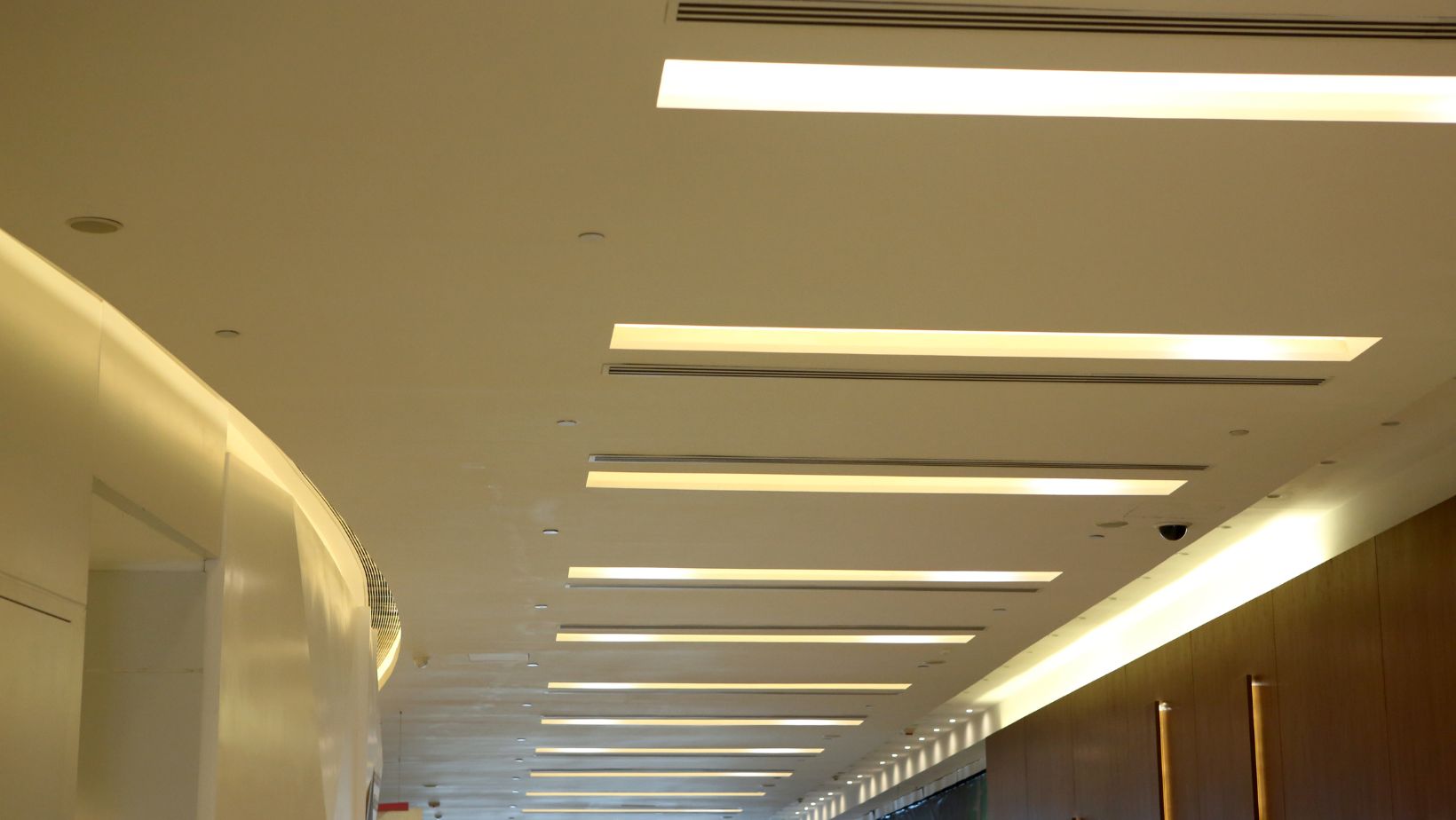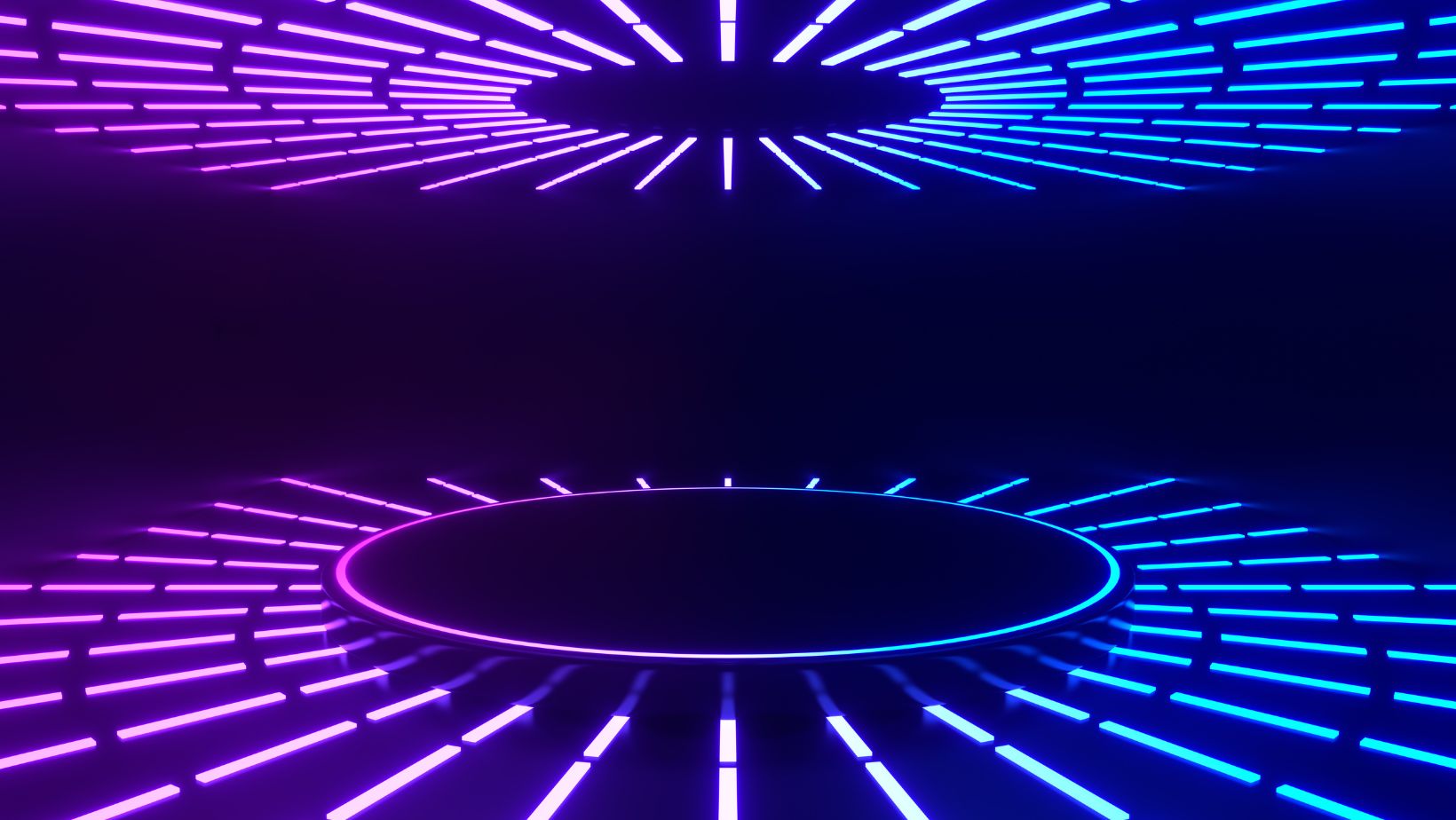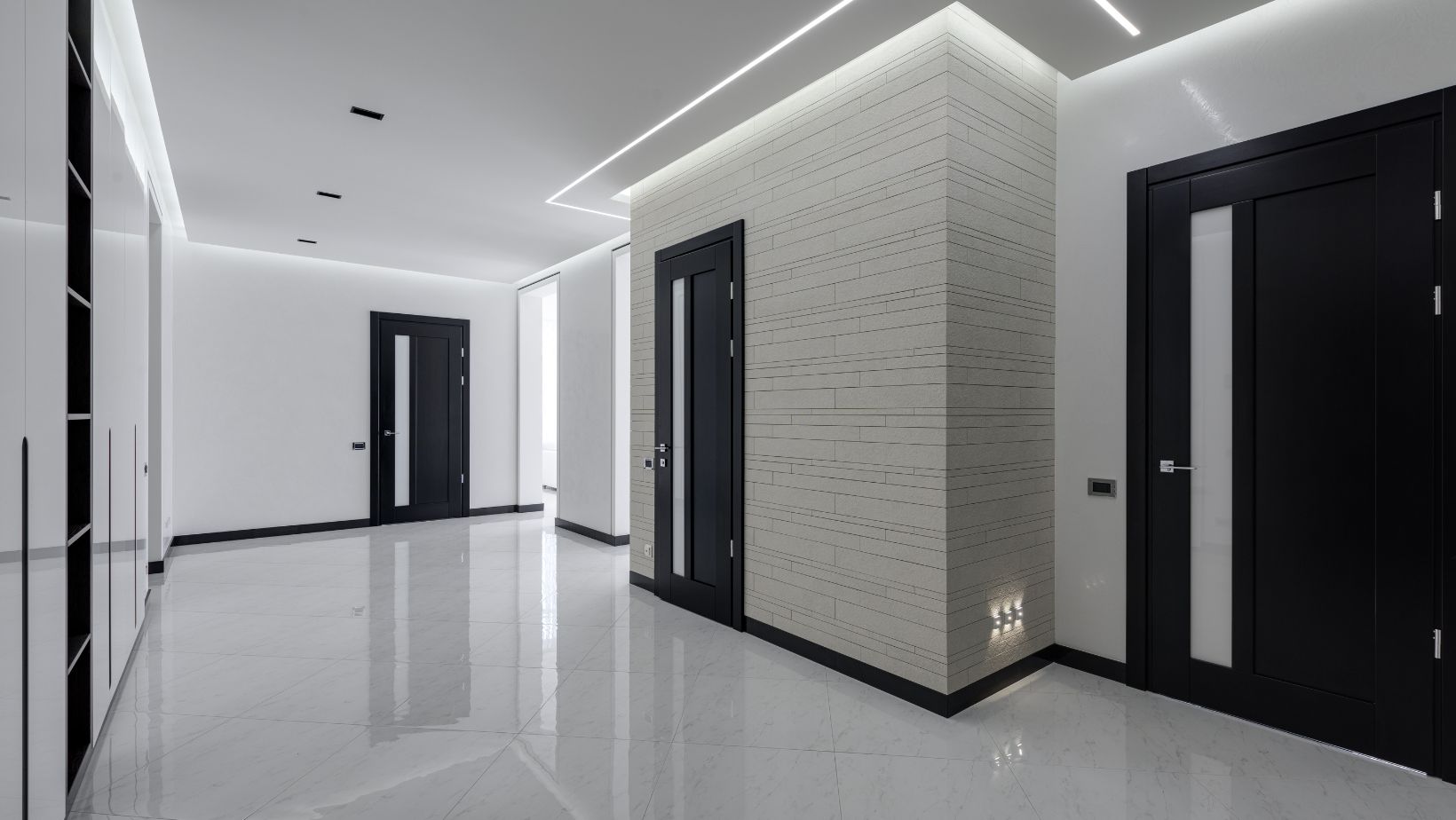Choosing the best- LED light therapy machine shouldn’t be challenging. Understanding the difference between red and blue light might be crucial, whether your goals are pain relief, cleaner skin, or routine improvement.
Although each has unique advantages, one might be the best choice for your requirements. Here are some tips to help you maximize your therapy selection.
Red Light Therapy: What Is It?
RLT is a procedure that uses low-wavelength red light to improve the appearance of the skin by minimizing redness, acne, wrinkles, and scars. It is also advised to treat other medical issues.
Nonetheless, there is much current research, small-scale study publications, and online debate on the promise of red light therapy for many medical applications. Red light therapy offers numerous advantages as a regular skincare procedure, and using a red light therapy bed can enhance these benefits by providing full-body exposure, promoting skin rejuvenation, and supporting overall wellness.
Blue Light Therapy (BLT): What Is It?
BLT uses light to treat problems on or just under the skin. The process is painless and mild enough to be performed using home instruments. When blue light therapy combines photosynthesizing (or light-sensitive) medications with a high-intensity light source to activate them, it transforms into photodynamic therapy.

The light employed is natural blue or violet light, regarded as an alternative therapy. Blue light therapy can treat only regions that the light can reach. Therefore, conditions on or beneath the skin’s surface are usually treated with it.
Red Light Therapy’s Advantages
While blue light therapy is now being researched primarily for its potential to reduce acne breakouts, red light therapy has a wide variety of established effects on rejuvenation.
- Increases Collagen: Red light stimulates fibroblasts to increase collagen production, which plumps up wrinkles and fine lines. As part of your rejuvenation skincare regimen, it can also help prevent them.
- Reduces Inflammation: The light’s anti-inflammatory properties reduce redness or irritation on the skin.
- Decreases Hyperpigmentation: RLT plays a crucial role in lessening the visibility of dark spots because of its capacity to lower inflammation.
- Reduces Scars: Red light gradually reduces and smoothes scar tissue by promoting collagen and skin cell renewal.
- Reduces Pores: More collagen makes pores tighter, resulting in smoother and more radiant skin.
Advantages of Blue Light Treatment
Although it has various uses, blue LED light is typically used to treat acne. Blue light, which has a wavelength of about 465 nm, can penetrate the skin’s dermis layer, while red light cannot. This indicates that it can eradicate specific skin germs.
Eliminates Acne
Blue light is the most popular light treatment for acne because it can eliminate the bacteria that cause acne on the surface of your skin, avoiding breakouts and lessening already apparent acne.
Another study shows how blue light effectively eliminates acne-causing bacteria by triggering the production of endogenous compounds called porphyrins by the bacteria, which may also aid in treating bacterial resistance.
Because blue light reduces sebaceous gland oil production, pores are less likely to become clogged. According to a clinical-strength study, employing blue-light LED devices at home improves skin health overall and reduces pimple size and redness over eight weeks.
This implies that blue light can supplement current therapies or be an alternative to conventional acne treatments.
Preventing Sun Damage and Skin Cancer
Blue light therapy is most commonly used to treat sun damage and premalignant or malignant skin cancer growth. However, it can also be used to eliminate precancerous and cancerous skin lesions that have not metastasized or spread to other parts of the body and to prevent skin cancer.
Skin cancer can be treated using photodynamic therapy. The photosynthesizing medication applied to the skin reacts with oxygen to kill the cancer cells. However, photodynamic therapy can also harm the blood arteries that supply the cancer cells or activate the immune system.
What Potential Hazards Could Red and Blue Light Therapy Cause?
Both LED light therapy machines are effective, safe, and risk-free. For reassurance, look for an at-home mask or gadget labeled ‘FDA cleared’ or ‘FDA approved.’ Eye protection, such as goggles or sunglasses, is also recommended, and instructions must be carefully followed to ensure the equipment is used appropriately. The following are possible but uncommon side effects of LED light therapy:
- Rash with increased inflammation
- Pain and Redness
Is It Possible to Combine Red and Blue Light Therapy?
Red and blue light can be advantageous when used in tandem or as distinct therapeutic approaches. Red and blue light treatments could be administered to yourself at home using a gadget.

Knowing which skin issues you wish to address might help you choose whether to use one color or both.
Red light alone would be adequate if you desire anti-aging effects. Use solely blue light if treating acne is your primary goal.
Utilizing red and blue light therapy simultaneously can be beneficial in several circumstances. This combination can offer a comprehensive approach to skincare, addressing multiple issues at once and providing a more optimistic outlook on the journey.
- Acne: Red light helps lessen inflammation and scarring, while blue light can destroy the bacteria that cause acne. Both will treat acne and prevent more breakouts.
- Eczema: Red and blue light can help with eczema symptoms before they appear on your skin.
- Excessive Pigmentation: Red and blue light can treat discoloration or dark patches. These lights can maintain a more consistent skin tone by influencing melanin synthesis.
Conclusion
Red and blue light therapy benefits various skin issues, including acne and aging. This versatility empowers you to make informed choices about your skincare routine. Blue light targets the skin’s surface to help control
- acne-causing germs
- and regulate outbreaks,
while red light reaches deeper layers to
- boost collagen synthesis,
- smooth wrinkles,
- and reduce inflammation.
Understanding these differences can help you choose the right therapy for your skin concerns. These treatments, whether applied separately or combined, provide a flexible strategy for brighter, healthier skin.



